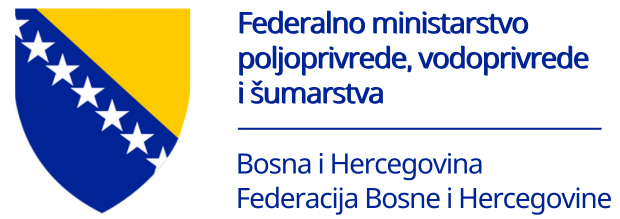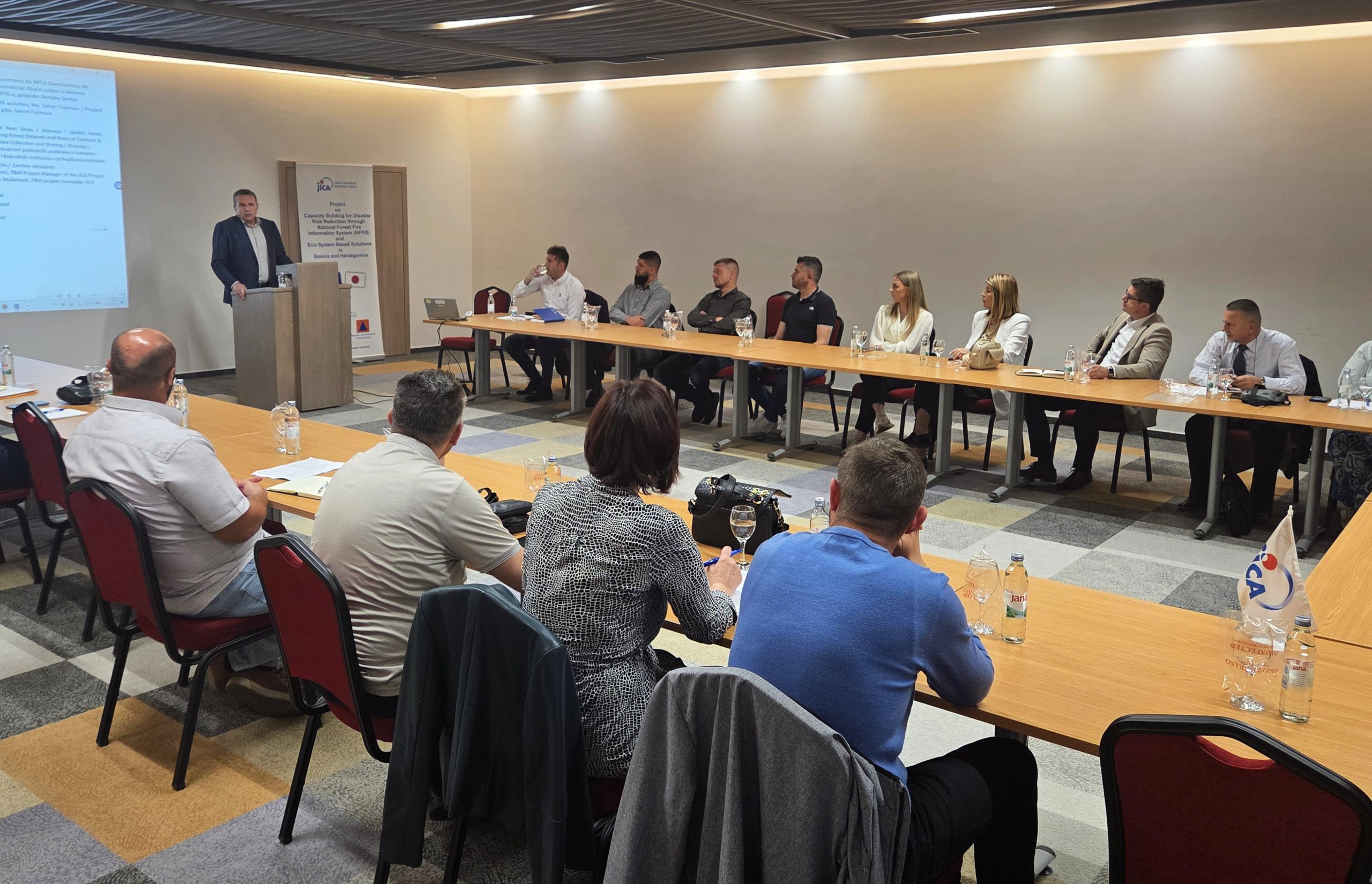Strengthening BiH’s resistance to natural disasters through the NFFIS and Eco-DRR projects
The meeting on the implementation of the NFFIS (National Forests Fires Information System) and Eco-DRR (Ecosystem Approach to Disaster Risk Reduction) projects in Bosnia and Herzegovina, held this week in Vitez, brought together 22 representatives of relevant institutions from all levels of government in the Federation of Bosnia and Herzegovina. It included the representatives of civil protection, forestry ministries, forestry enterprises, non-governmental organizations, academia and international partners.
Kemo Kadrić, head of the Department for Forest Management of the Federal Ministry of Agriculture, Water Management and Forestry, and Edin Mušanović, representative of the Federal Administration of Civil Protection, delivered the opening addresses. The meeting was moderated by Emir Čaušević on behalf of the Federal Ministry of Agriculture, Water Management and Forestry.
The event provided an opportunity to network and exchange ideas about activities and included the presentations of international partners that attracted special attention. Yuta Morikawa outlined the implementation of the NFFIS project, emphasizing its strategic importance for Bosnia and Herzegovina, especially in the context of forest fire prevention and response. Akinobo Sembo presented the key data on the state of forests required for the development of an efficient information system.
The meeting was quite constructive, focusing on strengthening inter-institutional cooperation and the exchange of technical knowledge for the successful implementation of the project goals. The NFFIS and Eco-DRR projects represent an important step towards strengthening the resilience of natural resources and communities in Bosnia and Herzegovina to natural disasters, while integrating scientific data, institutional capacities and local knowledge.
The implementation of the NFFIS project allows the monitoring of meteorological conditions, risk areas, seasonality of fires, and the creation of risk maps that help competent authorities to make timely and informed decisions. This improves planning, resource allocation (allocation of labor, equipment, time or money) as well as capacity building.


